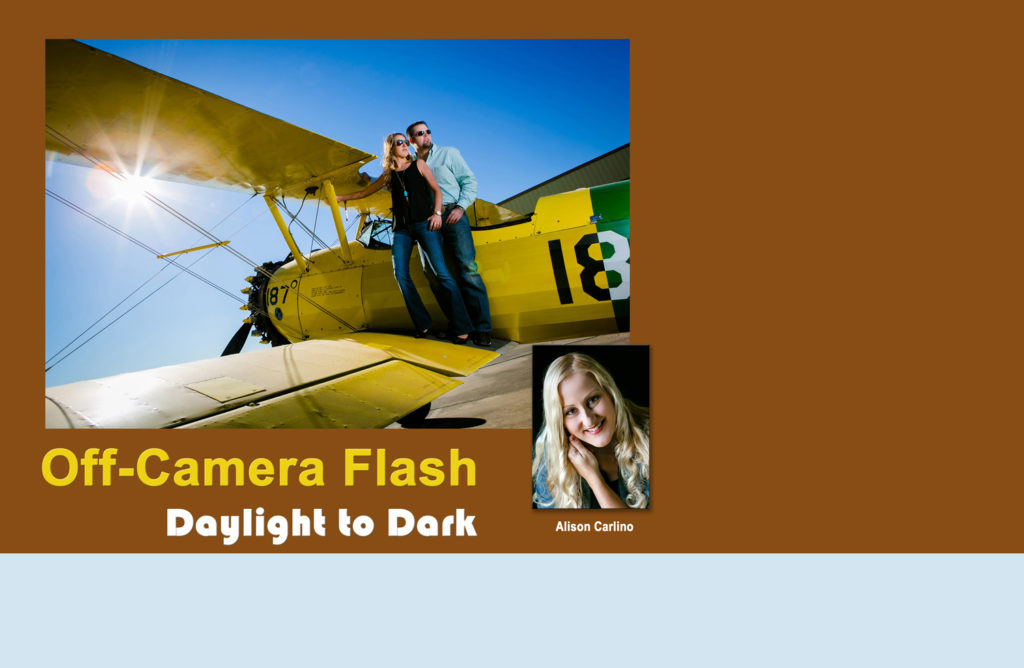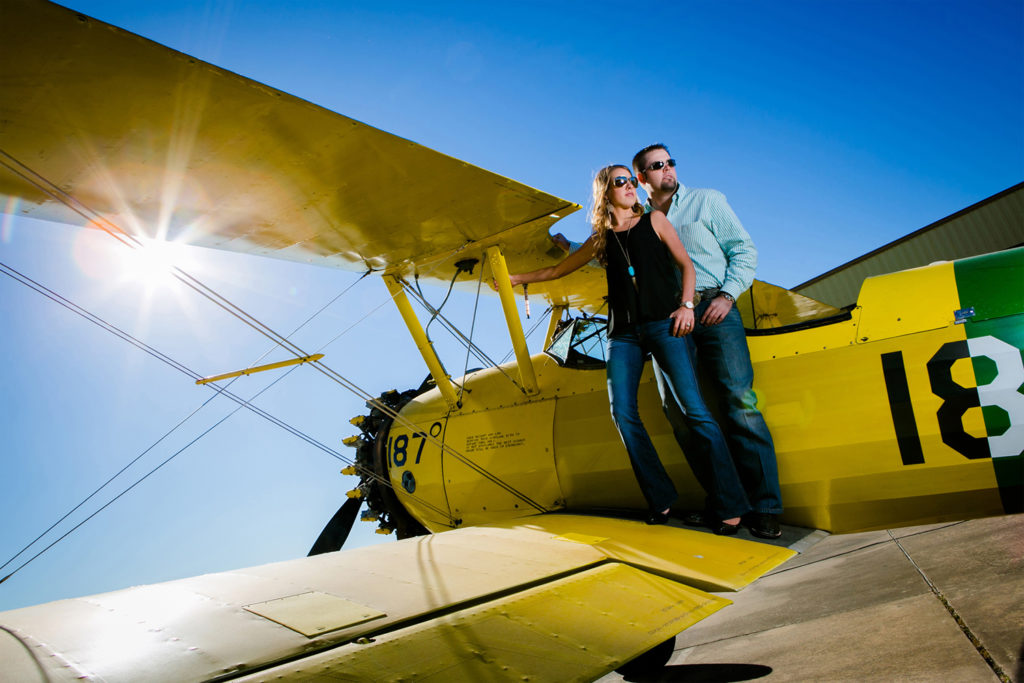
Perhaps you’ve been there once or twice, too.” Alison Carlino
After 13 years in this industry, I still book venues that challenge every creative bone in my body and, every time I step on these grounds to work, I find myself sticking to the same principles of “lighting” first and “location” second. That’s not to say that I don’t notice the lovely red carpet, wood paneled walls, spotlights on the altar/pews, and the overall gold altar lights that turn the bride’s dress tan and makes her flowers look wilted. However, I no longer roll my eyes out of my head because I know the lighting recipes it takes to drown out the loveliness!
For a long time afterwards, I used that speed light on the camera’s hot shoe. Since there was nowhere to bounce light outdoors, the flash was generally pointed at the subject, creating flat light. This caused me to dig deeper into why my images were so lifeless and I discovered that taking the flash off the camera, placing it on a light stand, and reducing the power settings was the secret! One light turned into two, then three, and then video lights at night.
So, why should you bother with lighting off camera? The answer is simple… to control the light and to create defined, directional imagery. You want to control the direction, quantity, quality, and color of what is cast onto your subjects. Will the light come from the side, top, bottom, back, or front? Will you use one light or several? The more you add, the less flat the image will be. Will it be soft and diffused or hard and direct? Will you correct the color or add bold new colors to the scene? There is no right or wrong light. It all depends on the type of image you’re trying to achieve.
Dramatic colors and bold lighting are the two elements that define my style. I use Profoto D1Air 500w/sec strobes with the Air Remote and Phottix Mitros Plus speed lights with the Odin transceiver to make that happen. I use Profoto’s white beauty dish and a whole host of soft boxes, grids, and yes, I still use the humble umbrella indoors. My favorite combination of lighting is a main light and a backlight. That backlight could be the sun, a reflector, another flash, or a video light… whatever it takes to make my couple pop off the background.
For the water, I use my sprinkler and two lights (main and back) to create a bold water look behind my seniors at night. I also use a common, household spray bottle and colored gels to create finer water droplets behind the subject. Backlight is the key to getting water and smoke to show up. Finally, for the fire, I have used the long-burn wedding sparklers to light paint words and shapes in the sky and to draw around the couple. We also spin fire using steel wool with a bungee cord and a whisk!
I am also a big fan of underexposing the ambient light. Funny, isn’t it? In reality, I’m actually trying to kill the one thing that I built my business on for the first two years! I like to crank that shutter to sync speed and raise that aperture until the dramatic skies appear and then simply use flash or video light to illuminate the person. Oftentimes, I’ll use different flash power settings or move the light stand closer or farther away to see how the shadows change.
Reflectors serve as off-camera “lights” as well. The first “light” I ever owned is one that I still use to this day: Photoflex 5-in-1 MultiDisc Reflector. I love making an image with one speed light and a reflector opposite it and having the results look like two lights were used. I also use the Lowel iD video light with Bescor battery pack to add a warm kiss of light in front of or behind the couple. Truly, with this light, “what you see is what you get.” Point and shoot, Baby! The truth is that a flash can sometimes kill that romantic mood, no matter how low the power setting. That’s where the video light excels.
However, try not to get wrapped up in the gear and simply consider approaching off-camera lighting in a different way. What if you thought about the final look you’re trying to achieve and then worked backwards building the lights, positions, and modifiers to create that image?
If color is the issue, imagine what the final color should be and then work backwards to correct it using filters that drain out that nasty shade.
Alison Carlino has 17 years in the industry and has seen the trends come/go. In this class, you will learn lighting off camera, modern posing, and the collections/products that have made her senior portrait & sports business wildly successful. Expect very little lecture and a lot of hands on.
